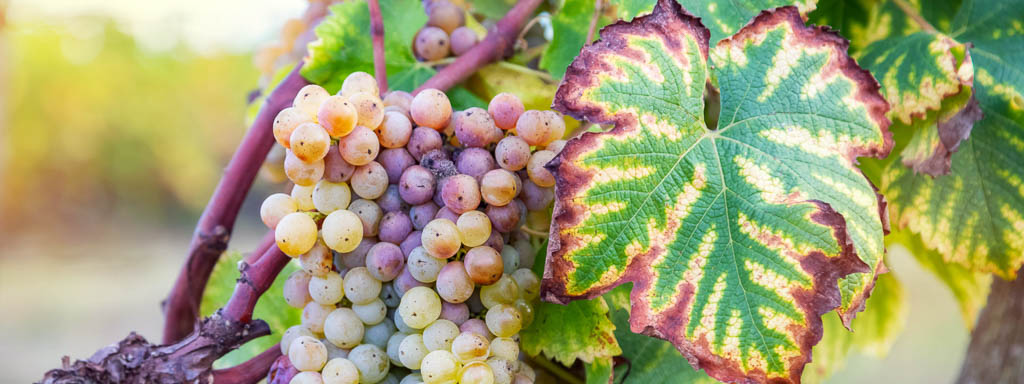Plant Problems
Plants can encounter various problems that impact their health, growth, and productivity. These issues can arise from environmental factors, pests, diseases, or improper care practices. Understanding common plant problems and their causes can help gardeners maintain a thriving garden. Here are some prevalent plant problems and tips for addressing them:
- Yellowing leaves: This issue can result from several factors, including nutrient deficiencies, overwatering, or underwatering.
- Wilting: Wilting can be caused by underwatering, overwatering, root rot, or extreme temperature fluctuations.
- Leggy growth: When plants become tall and spindly with sparse foliage, it’s often a sign of insufficient light.
- Leaf spots or discoloration: Fungal or bacterial infections, pests, or nutrient deficiencies can cause leaf spots or discoloration. Identify the cause by examining the pattern and color of the damage and the presence of pests or fungal growth.
- Stunted growth: Inadequate nutrients, insufficient light, or pests can lead to stunted growth.
- Dropping leaves: Plants may drop leaves due to stress from overwatering, underwatering, temperature fluctuations, or sudden changes in light levels.
- Pest infestations: Pests like aphids, spider mites, and whiteflies can cause a variety of problems for plants. Regularly monitor your plants for signs of pests and implement appropriate control measures, such as insecticidal soap, horticultural oil, or the release of beneficial insects.
By staying vigilant and addressing plant problems promptly, you can maintain a healthy, thriving garden. Prevention is key, so practice good cultural techniques, such as proper sanitation, crop rotation, and choosing disease-resistant plant varieties.

